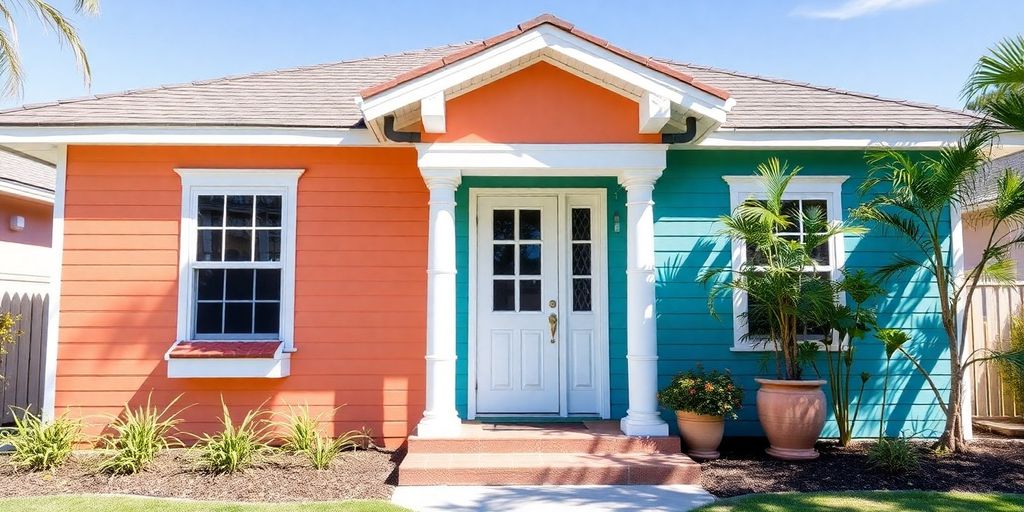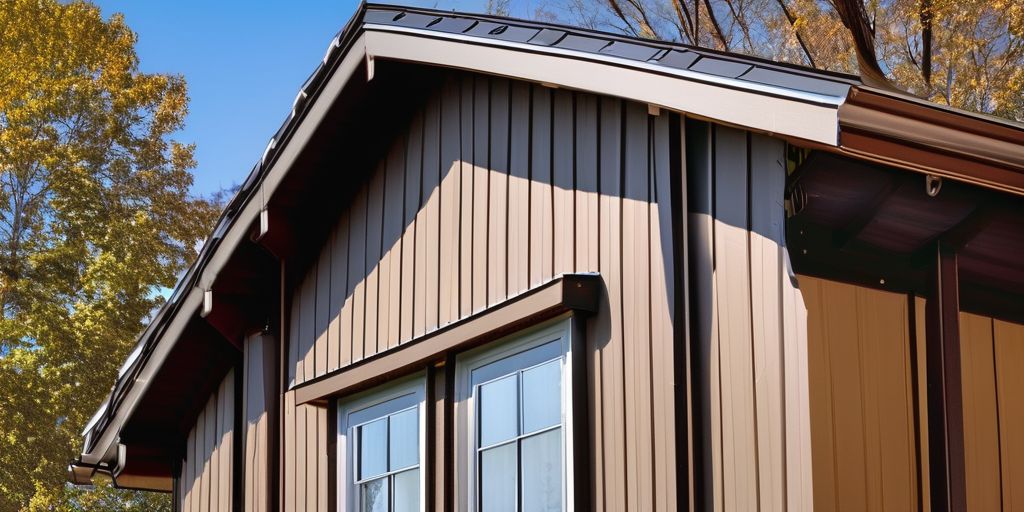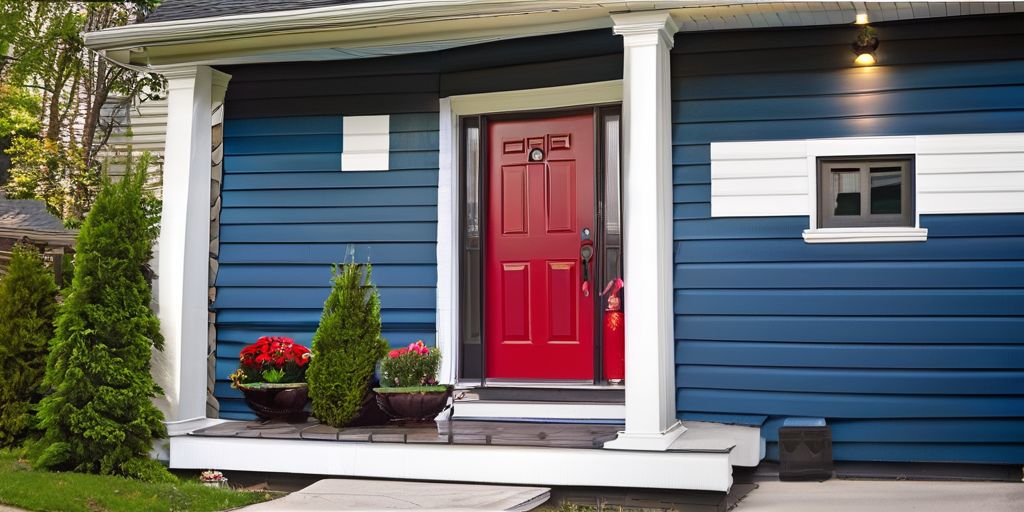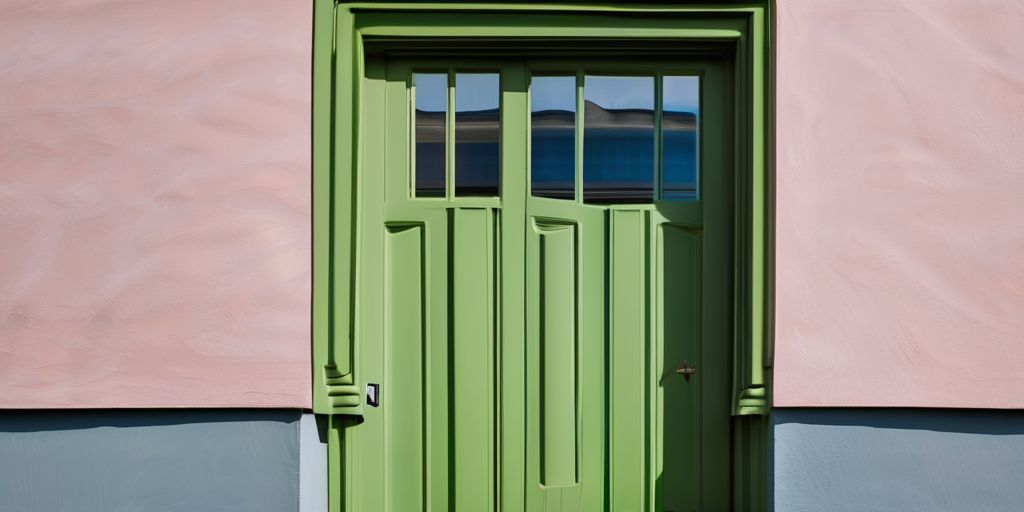Ever found yourself staring at a freshly painted wall, wondering when it’ll be safe to touch? Whether you’re a weekend DIY warrior or a seasoned pro, knowing how long paint takes to dry is key. It’s not just about patience; it’s about getting that smooth, lasting finish. Different paints, surfaces, and even the weather can change drying times. So, let’s break it down and make sure your next paint job is spot on.
Key Takeaways
- Different types of paint have varying drying times, with water-based paints drying faster than oil-based ones.
- Environmental factors like temperature and humidity play a significant role in how quickly paint dries.
- Proper surface preparation can speed up drying times and improve the final finish.
- Avoiding common mistakes, such as rushing the drying process, ensures a better outcome.
- Understanding the difference between drying and curing is essential for a long-lasting paint job.
Factors Influencing How Long Does It Take Paint to Dry
Understanding what affects paint drying times can help you plan your painting projects better. Here are some key factors:
Type of Paint and Its Impact
- Water-Based Paints: These are popular because they dry quickly, usually within 2-4 hours. They’re easy to clean and environmentally friendly.
- Oil-Based Paints: Although they offer a durable finish, they take longer to dry, typically 6-8 hours to touch dry and up to 24 hours to fully cure.
- Enamel Paints: Known for a hard, glossy finish, their drying times vary based on whether they’re water or oil-based.
Environmental Conditions
- Temperature: Paint dries best between 50-85°F. Too hot, and it dries too fast, causing issues like brush marks. Too cold, and it takes forever, risking mildew.
- Humidity: High humidity slows down drying as it prevents evaporation. Aim for below 70% humidity for best results.
- Ventilation: Proper airflow speeds up drying by helping solvents evaporate. Open windows or use fans to improve ventilation.
Surface Material Considerations
- Wood: Can take longer to dry, especially if not primed or damp.
- Metal: Generally allows for quicker drying, though paint type matters.
- Drywall: Offers average drying times, but proper prep is key.
"The secret to a successful painting project often lies in respecting the drying times and understanding the factors that influence it."
These factors can significantly alter your painting schedule, so it’s best to consider them ahead of time. For house painting estimates, knowing these can also help you budget effectively.
Understanding Different Types of Paint and Their Drying Times
When it comes to painting, not all paints dry at the same pace. Knowing the differences can help you plan better. Let’s break down the types of paints and what to expect with each.
Water-Based Paints: Quick and Convenient
Water-based paints, often called latex paints, are a favorite for many. They dry quickly, usually within 2-4 hours for a touch dry finish.
- Environmentally friendly: These paints are easy to clean up with just soap and water.
- Versatile usage: Ideal for both interior walls and exterior surfaces like siding.
- Quick recoat time: Typically ready for a second coat in about 4 hours.
Oil-Based Paints: Durable but Time-Consuming
If you’re after durability, oil-based paints might be your go-to. They offer a rich finish but require patience.
- Longer drying time: Takes about 6-8 hours to touch dry.
- Full curing: Can take up to 7 days for the paint to fully cure.
- Cleanup requires solvents like turpentine.
Enamel Paint: Special Considerations
Enamel paints are known for their hard, glossy finish and are available in both water-based and oil-based varieties.
- Drying times vary: Generally longer than other paints.
- Manufacturer’s instructions: Always follow these for best results.
Allowing paint to dry properly is key to achieving a long-lasting finish. Rushing the drying process can lead to unwanted results like smudging or peeling.
In conclusion, understanding the type of paint you’re using and its drying time can save you from unnecessary headaches. Whether you’re painting a fence or a living room, choose the right paint for your needs and give it the time it needs to dry properly.
Tips for Speeding Up Paint Drying Time
Enhancing Ventilation for Faster Drying
Improving ventilation around your painting area is one of the simplest ways to speed up drying time. Open windows and doors to create a cross breeze, or use fans to circulate air. This helps the paint dry evenly and quickly by allowing moisture to escape.
- Use a fan to keep air moving, especially when working with acrylic latex-based caulk.
- Avoid painting in enclosed spaces without proper airflow.
- Consider using a dehumidifier if the humidity is high, as moisture in the air can slow down the drying process.
Proper Surface Preparation
Getting the surface ready before painting is crucial. A well-prepared surface allows paint to adhere better and dry faster.
- Clean the surface thoroughly to remove dust, grease, or old paint.
- Make sure the surface is dry before applying new paint.
- Use a primer if necessary, as it can help paint stick better and dry more uniformly.
Using the Right Tools and Techniques
The tools and techniques you use can greatly impact the drying time of your paint.
- Opt for high-quality brushes and rollers that apply paint evenly.
- Apply thin, even coats of paint rather than thick layers. This not only speeds up drying but also prevents drips and uneven finishes.
- Consider quick-drying paint formulas if you’re short on time. Some paints dry to the touch in as little as 15 minutes and are fully dry within a few hours.
Remember, patience pays off when it comes to painting. Rushing the process often leads to mistakes that can be time-consuming to fix later. Let each coat dry completely before applying the next one for the best results.
Common Mistakes to Avoid When Waiting for Paint to Dry
Rushing the Process: Patience is Key
It’s easy to get impatient when tackling a painting project. Touching the paint too soon can leave unwanted fingerprints or smudges. Always allow adequate time for each layer to dry before moving on to the next step. Here are a few tips to help you maintain patience:
- Set a timer based on the paint manufacturer’s drying recommendations.
- Use quick-drying paints if you’re in a hurry.
- Plan other tasks while waiting for the paint to dry.
Ignoring Weather Conditions
Weather plays a significant role in how paint dries. Humidity and temperature can either speed up or slow down the drying process. To avoid issues:
- Paint when the weather is dry and mild.
- Avoid painting in extreme temperatures or high humidity.
- Consider using fans or dehumidifiers to control the environment.
Applying a Second Coat Too Soon
Applying a second coat before the first one is fully dry can lead to a patchy and uneven finish. This mistake can also extend the overall drying time. To ensure a smooth result:
- Follow the recommended drying time between coats.
- Touch a small, inconspicuous area to check if it’s dry.
- Remember that oil-based paints typically take longer to dry than water-based ones.
Taking the time to let each coat dry properly is essential for achieving a professional-looking finish. Patience and attention to detail can make all the difference in your painting project.
The Importance of Allowing Paint to Fully Cure
Understanding the Curing Process
Paint drying and curing are two different things. While drying is when the paint feels dry to the touch, curing is when the paint has reached its maximum hardness and durability. This process can take several days or even weeks, depending on the type of paint and environmental conditions. Understanding this distinction is key to ensuring your paint job lasts.
Differences Between Drying and Curing
- Drying Time: This is when the paint no longer feels wet. For latex paints, this can be as quick as an hour, while oil-based paints might take 6-8 hours.
- Curing Time: This is the period it takes for the paint to fully harden and adhere to the surface. Latex paints may take up to 30 days, whereas oil-based paints can take even longer.
- Impact of Humidity and Temperature: These factors can affect both drying and curing times. High humidity and low temperatures generally slow down these processes.
Benefits of Proper Curing for Longevity
Allowing paint to cure fully ensures it achieves its intended durability and finish. Here are some benefits:
- Enhanced Durability: Proper curing helps the paint withstand wear and tear, making it more resistant to chipping and peeling.
- Improved Adhesion: Fully cured paint adheres better to the surface, reducing the likelihood of bubbling or flaking.
- Optimal Appearance: Cured paint provides a smooth, even finish without visible brush strokes or roller marks.
Patience during the curing phase pays off in the long run, as it ensures your paint job remains vibrant and intact for years. Remember, allow painted wood to dry overnight or longer for enhanced durability.
In conclusion, while it might be tempting to rush through a painting project to see the final result, giving your paint ample time to cure is essential. This patience not only enhances the appearance of your work but also extends its life, saving you time and effort in the future.
How to Plan Your Painting Project for Optimal Results
Scheduling Based on Drying Times
Planning your painting project starts with understanding how long each type of paint takes to dry. Knowing the drying times can save you from a lot of headaches. Here’s a quick guide:
| Type of Paint | Touch Dry Time | Fully Dry Time |
|---|---|---|
| Water-Based | 1-2 hours | 6-8 hours |
| Oil-Based | 6-8 hours | 24 hours |
| Enamel | 4-6 hours | 12-24 hours |
- Water-Based Paints: These are quick to dry, making them ideal for projects that need to be completed fast.
- Oil-Based Paints: While durable, they require more drying time, so plan accordingly.
- Enamel Paints: These need special attention due to their unique drying properties.
Choosing the Right Paint for Your Needs
Selecting the right paint is crucial for the success of your project. Consider the following:
- Purpose: Are you painting for aesthetics or protection?
- Environment: Indoor or outdoor? Weather conditions can affect drying times.
- Finish: Do you want a matte, gloss, or satin finish?
Avoiding Common Pitfalls
To ensure your painting project goes smoothly, keep these tips in mind:
- Don’t Rush: Allow each coat to dry fully before applying the next.
- Check Weather Conditions: Especially important for outdoor projects. Mastering the art of painting unusual exterior surfaces requires attention to weather.
- Use Quality Tools: Good brushes and rollers can make a big difference.
Taking the time to plan your painting project carefully can make all the difference in achieving a professional-looking finish. It’s not just about applying paint; it’s about preparing the surface, selecting the right materials, and understanding the environment in which you’re working.
Planning your painting project can make a big difference in how it turns out. Start by thinking about what colors you want and how much prep work is needed. Don’t forget to check out our website for tips and to get a free estimate for your painting needs!
Wrapping It Up: Your Guide to Paint Drying
So, there you have it! Painting isn’t just about slapping some color on the walls and calling it a day. It’s a bit of a science, really. From picking the right type of paint to understanding how the weather can mess with your drying times, there’s a lot to think about. Remember, patience is key. Let each coat dry properly before moving on to the next. And don’t forget about ventilation—it’s your best friend in speeding things up. Whether you’re a weekend warrior or a seasoned pro, keeping these tips in mind will help you get that perfect finish. Happy painting!
Frequently Asked Questions
How long does it take for paint to dry to the touch?
Most paints will be dry to the touch within 1 to 2 hours. However, this can vary depending on the type of paint and environmental conditions.
Can I speed up the paint drying process?
Yes, improving ventilation, using fans, and painting in a dry, warm environment can help speed up drying times.
Why is it important to let paint fully cure?
Allowing paint to fully cure ensures it reaches its maximum hardness and durability, preventing damage and ensuring a long-lasting finish.
What happens if I apply a second coat too soon?
Applying a second coat too soon can lead to smudging, peeling, or an uneven finish. It’s best to wait until the first coat is completely dry.
How does humidity affect paint drying time?
High humidity slows down the evaporation process, causing paint to take longer to dry. Low humidity speeds up drying.
What type of paint dries the fastest?
Water-based paints, like latex, generally dry faster than oil-based paints, often within 2 to 4 hours.






